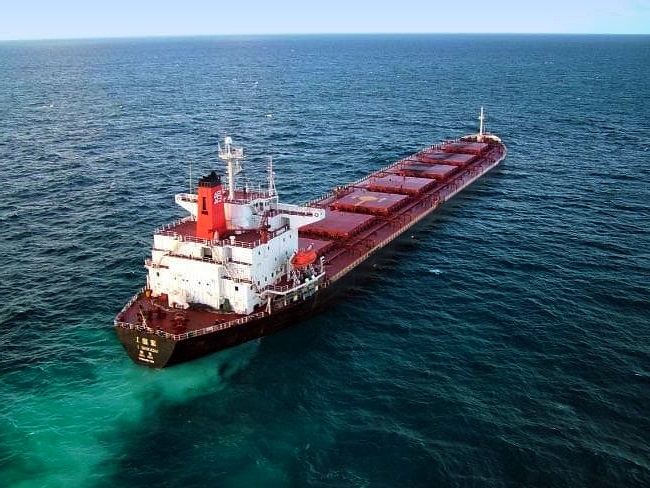As the world scrambles to secure energy supplies, coal trade has started to grow again, with countries like South Africa emerging as leading exporters once again. In fact, South Africa’s coal exports to the EU grew by over five times during the Jan.-Sept. period.
In its latest weekly report, shipbroker Banchero Costa said that “global coal trade has steadily improved this year, and has now fully recovered to pre-Covid levels. In the January to September period of 2022, total global seaborne coal loadings increased by +3.0% y-o-y to 890.2 mln t, from 864.5 mln t in the first 9 months of 2021, but still well below the 957.1 mln t in the same period of 2019. However, the worst was at start of the year, and the trend in recent months has been very positive. In 1Q 2022, global coal loadings were down -5.0% y-o-y to just 258.6 mln tonnes. In 2Q 2022, coal loadings were a strong +7.7% y-o-y at 313.9 mln t. The third quarter of 2022 was even better, with global coal volumes reaching 317.7 mln tonnes, which was +5.7% up y-o-y from 3Q 2021. August 2022, with 109.0 mln tonnes, was up +21.6% y-o-y from the same month last year, and an all time record for the month of August. September 2022, with 106 mln tonnes, was +9.5% y-o-y from September 2021, and the highest for the month of September since 2017.
According to Banchero Costa, “South Africa is the world’s fifth largest seaborne exporter of coal, after Indonesia, Australia, Russia, and the USA. It accounted for 5.4% of global coal exports in the Jan-Sep 2022 period. Export volumes from South Africa had steadily declined in the past decade, as it was penalized by declining coal demand in the Atlantic basin, the country’s distance from the more resilient East Asian markets, as well as limitations on output and railway and port capacity. Essentially all coal exports from South Africa are loaded at Richards Bay in KwaZulu-Natal, on the eastern coast of the country. Richards Bay has the deepest natural harbour on the African continent. Total seaborne coal exports from South Africa in the 12 months of 2021 reached 65.7 mln tonnes, -5.9% y-o-y from 69.9 mln tonnes in 2020, and also below the 67.4 mln tonnes in 2019, according to Refinitiv vessel tracking data. It was also well below the 73.5 mln tonnes exported in 2018, and the 75.6 mln tonnes in 2017. The current year, 2022, has again been quite disappointing. In the first 9 months of 2022, South Africa exported 47.8 mln tonnes of coal, down -1.0% y-o-y. Nevertheless, there have been quite remarkable reshuffles in terms of trade patterns, caused by the trade distortions resulting from European sanctions on Russian coal”, the shipbroker said.
“Coal exports from South Africa to the European Union surged by +582.7% y-o-y in Jan-Sep 2022 to 9.6 mln tonnes, from just 1.4 mln t in the same period of 2021. The EU is now again the second largest destination for South African coal after India, with a 20.0% share. Shipments from South Africa to South Korea also surged by +237.7% y-o-y to 5.0 mln tonnes, from just 1.5 mln t in the same period of 2021. On the other hand, exports to Mainland China declined by -32.1% y-o-y in Jan-Sep 2022 to 6.5 mln tonnes, although they still remain high by historical standards. Volumes from South Africa to India also continue to fall sharply. In Jan-Sep 2022, exports to India declined by -29.5% y-o-y to 13.6 mln t, from 19.3 mln t in Jan-Sep 2021. They were also well below the 24.4 mln t in Jan-Sep 2020, and the 27.5 mln t in Jan-Sep 2019. India nevertheless remains the top destination for South African coal, accounting for 28.4% of South African exports in Jan-Sep 2022. It should be stressed that overall imports into India have been growing strongly in the last two years. Shipments from Indonesia to India surged by +70.0% y-o-y in Jan-Sep 2022 to an all time record. Also, shipments from Russia to India surged by +130.7% y-o-y in the same period, also to an all time record”, Banchero Costa concluded.
Source: Hellenic Shipping News





